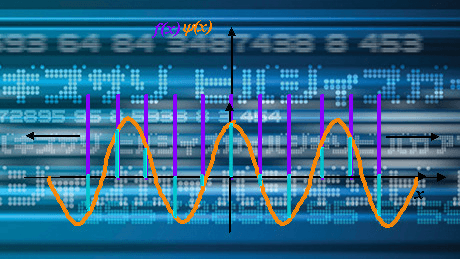GRATIS
State University of New York vía Coursera
GRATISBig Data Science with the BD2K-LINCS Data Coordination and Integration Center
Acerca de este curso
- The Library of Integrated Network-based Cellular Signatures (LINCS) Program Overview
- This module provides an overview of the concept behind the LINCS program; and tutorials on how to get started with using the LINCS L1000 dataset.
- Metadata and Ontologies
- This module includes a broad high level description of the concepts behind metadata and ontologies and how these are applied to LINCS datasets.
- Serving Data with APIs
- In this module we explain the concept of accessing data through an application programming interface (API).
- Bioinformatics Pipelines
- This module describes the important concept of a Bioinformatics pipeline.
- The Harmonizome
- This module describes a project that integrates many resources that contain knowledge about genes and proteins. The project is called the Harmonizome, and it is implemented as a web-server application available at: http://amp.pharm.mssm.edu/Harmonizome/
- Data Normalization
- This module describes the mathematical concepts behind data normalization.
- Data Clustering
- This module describes the mathematical concepts behind data clustering, or in other words unsupervised learning - the identification of patterns within data without considering the labels associated with the data.
- Midterm Exam
- The Midterm Exam consists of 45 multiple choice questions which covers modules 1-7. Some of the questions may require you to perform some analysis with the methods you learned throughout the course on new datasets.
- Enrichment Analysis
- This module introduces the important concept of performing gene set enrichment analyses. Enrichment analysis is the process of querying gene sets from genomics and proteomics studies against annotated gene sets collected from prior biological knowledge.
- Machine Learning
- This module describes the mathematical concepts of supervised machine learning, the process of making predictions from examples that associate observations/features/attribute with one or more properties that we wish to learn/predict.
- Benchmarking
- This module discusses how Bioinformatics pipelines can be compared and evaluated.
- Interactive Data Visualization
- This module provides programming examples on how to get started with creating interactive web-based data visualization elements/figures.
- Crowdsourcing Projects
- This final module describes opportunities to work on LINCS related projects that go beyond the course.
- Final Exam
- The Final Exam consists of 60 multiple choice questions which covers all of the modules of the course. Some of the questions may require you to perform some analysis with the methods you learned throughout the course on new datasets.
Cursos relacionados

GRATIS Aprendiendo a aprender: Poderosas herramientas mentales…
Deep teaching solutions
Español

GRATIS Programación para todos (Introducción a Python)
University of Michigan
Inglés

GRATIS The Science of Well-Being
Yale
Inglés

GRATIS Negociación exitosa: Estrategias y habilidades esenciales
University of Michigan
Inglés

GRATIS Primeros Auxilios Psicológicos (PAP)
Universitat Autónoma de Barcelona
Español

